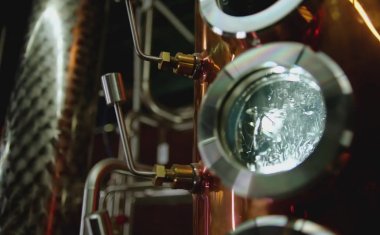Biorefineries for a Bio-Based Economy in Europe
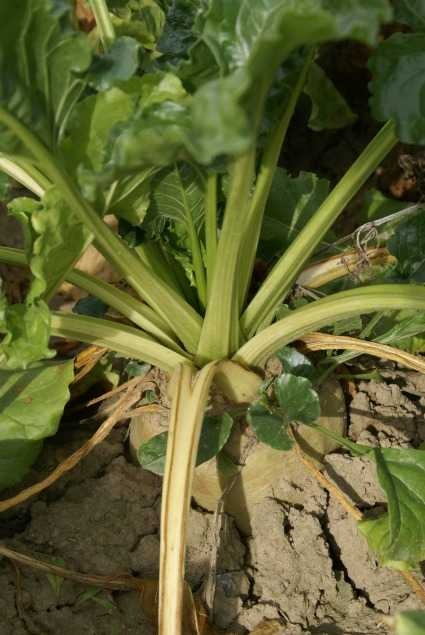

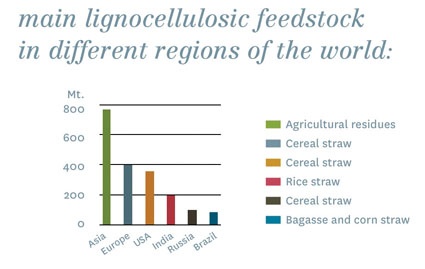
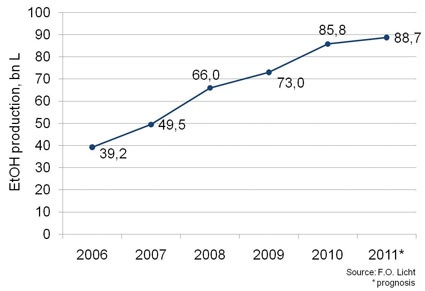
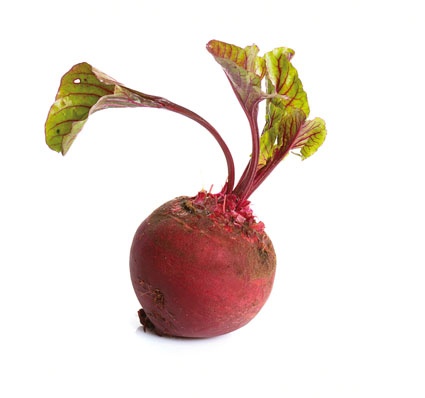
New Energy - Fossil resources are limited, but the global demand for fuels and chemicals is continuously rising. In addition to European and national legislations that set ambitious targets for greenhouse gas reductions, there is also increasing public and industrial pressure to develop alternative technical solutions for an economically viable supply of bio-based fuels and chemicals.
Therefore, the development of economically competitive solutions for biorefineries combined with a low-cost fermentation medium is of important strategic interest. To stay competitive, low cost and easy to use fermentation substrates are needed.
The production of bio-based fuels and chemicals requires the availability of a renewable feedstock at affordable costs. Today, industrial fermentation processes mainly use hydrolysed starch or glucose as a fermentation substrate.
But also sugar cane molasses is a possible feedstock, e.g. for microbial biopolymer production. However, because of alternative use in food and feed, both sugar sources are limited in volume and only available at high price levels.
Especially the price for molasses has seen a strong increase over the last years, on the one hand as a result of a decreased sugar cane molasses production due to a poor sugar cane harvest in India and Brazil and on the other hand increased usage of molasses in developing countries like India. Therefore, the development of a low-cost fermentation medium is of huge interest for the fermentation and sugar industry.
Companies worldwide have consequently developed technologies to provide fermentation substrates on the basis of various cellulosic and hemicellulosic feedstocks. This includes byproducts from the agro and the food processing industries as well as high-yield agricultural crops, such as wheat straw, corn stover, sugar beet, beet pulp, cane bagasse and others.
Sugar beet, for example, is a current high-yield crop which has been used as a source of fermentable carbohydrates throughout Europe for years. For a long time, sugar cane from countries like Brazil or India was the only source of fermentable sugars for European countries with no own sugar production like Germany.
Sugar Beets in Europe
With the growing of sugar beets throughout Europe, the dependence of sugar from sugar cane growing countries was released. Due to the protection of the European sugar market (with import quotas and high import tariffs for sugars) the European beet sugar was competitive. A further feature to protect sugar prices inside Europe was the implementation of sugar quotas to limit over-production of beet sugar. The sugar market reform in 2006 led to a decreasing quota for the production of sucrose from sugar beets.
But sugar beet (Beta vulgaris) is still a very interesting crop as it is among the agricultural crops with the highest biomass and sugar yields. In Europe, sugar beet is currently the main agricultural source for the production of sucrose. To ensure that farmers will have another outlet for their sugar beets the production of sugar beets for industrial usage was improved. Thus, access to raw materials at reasonable prices was opened to the fermentation industry.
Enzymatic Liquefaction of the Whole Sugar Beet
Süd-Chemie, a Clariant group company, works on a proprietary and innovative process for the enzymatic liquefaction of the whole sugar beet without using diffusion method or adding any water developed to further increase the sugar content and make sugar beet an even more attractive feedstock.
The sugar beet contains about 77 % water and 23 % dry matter. About 75 % of the dry matter is sucrose while the rest is cell wall material and other soluble and non-soluble ingredients such as minerals, fats or vitamins. The sugar beet is cut into small strips (usually in a sugar factory) from which the sucrose is extracted by diffusion. The resulting sugar juice is used for the production of crystallized sugar, but can also be utilized directly for fermentation e.g. of bioethanol. Either way, after diffusion the remaining fraction of the beet is the beet pulp which is traditionally used as animal feed after drying.
Due to the liquefaction process, the content of fermentable sugar resulting from sugar beets will be significantly enhanced by additionally hydrolysing the cell-wall polysaccharides (cellulosic and hemicellulosic fraction of the sugar beet) and converting it into monomeric sugars.
Through this gentle process, the vitamins and minerals of the beet remain in the resulting solution, making this liquefied beet an all in one, ready-to-use and low cost fermentation media usable for a variety of bioprocesses, such as production of ethanol, lactic acid or succinic acid and other bulk and fine chemicals. A main feature of this process is that no sugar beet pulp remains, which is dried for usage as animal feed in a very inefficient way needing a high energy input.
But also for the development of lignocellulosic hydrolysates as a fermentation substrate, big efforts are made by several companies especially in Europe and in North- and South America. Their processes are using enzymatic hydrolysis of cellulosic biomass like wheat straw, corn stover or bagasse to produce monomeric sugars for fermentation. These technologies are ready for commercialization. The main target is the production of cellulosic ethanol based on these feedstocks.
The Rise Of Bioethanol
Bioethanol is the most important biofuel worldwide. In 2010, the worldwide production of bioethanol has reached 85.8 billion liters, and there is a high growing potential due to national legislation. For example, the EU has set a goal of 10 % renewables in the transportation sector until 2020. With a potential gasoline demand in the EU of 100 billion liters, the demand for bioethanol will grow from actually 3.7 billion liters to at least 10 billion liters.
Today, the main feedstock for the bioethanol production in Europe is wheat, but the green house gas savings are quite low, lying between 47 % and 69 % in comparison to lignocellulosic based bioethanol where green house gas savings of up to 95 % can be reached.
And there is a big potential for agricultural residues in the EU - approximately 300 million tons of cereal straw per year are being generated. In the U.S., the generated amount of agricultural residues (cereal straw and corn stover) is at 400 million tons per year. Depending on the region, up to 60 % of these residues can be harvested without any risk regarding soil quality.
Potential In Europe
To tap the full potential in the EU, approximately 1,000-2,000 cellulosic ethanol plants could be built based on cereal straw as feedstock. Thereby 20-30 % of the gasoline demand in the EU can be covered with such a regionally produced liquid energy source.
Cellulosic ethanol is the primary product of these processes, but there is more potential. Besides its usage as biofuel, ethanol is also an important feedstock for the chemical industry. It can be converted to further platform chemicals like acetate, acetaldehyde or ethylene. Ethylene, for example, is the basic material for the polyethylene production, one of the most important plastic materials in the world. But also the sugar resulting after the hydrolysis step can be used for fermentation of other bulk and fine chemicals or chemical intermediates. The enzymatic hydrolysis of lignocellulosic biomass provides a competitive sugar platform for the generation of "green" chemicals and fuels.
From today's view there are market-ready technologies which are able to provide sugars at competitive prices and which in the medium term can provide an important contribution to a more sustainable production in the chemical industry and the transportation sector. Now a political framework supporting investments in this area has to be created to display the full economic and ecologic potential of these new technologies to retain Europe's leading position in innovation.
Company
Süd-ChemieLenbachplatz 6
80333 München
Germany
most read

Relocation of Chemicals Production Footprint in Full Swing
A new Horváth study based on interviews with CxOs of Europe’s top chemical corporations reveals: The majority of board members expects no or only weak growth for the current year.

ISPE Good Practice Guide: Validation 4.0
The Validation 4.0 Guide provides a comprehensive approach to ensuring product quality and patient safety throughout a pharmaceutical product's lifecycle.

ECA Foundation Aims to Become Largest Pharma Association for GMP/GDP Compliance
The ECA Foundation, one of the most important not-for-profit organizations for regulatory expertise in the pharmaceutical industry, aims to become the largest independent GMP/GDP organization in the world.

US Tariffs Fatal for European Pharma
Trump's tariff policy is a considerable burden and a break with previous practice.

Pharma 4.0—the Key Enabler for Successful Digital Transformation in Pharma
Part 3: Seven Theses for successful Digitalization in Pharma


